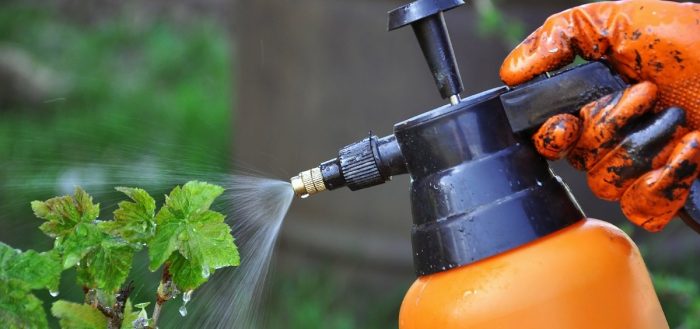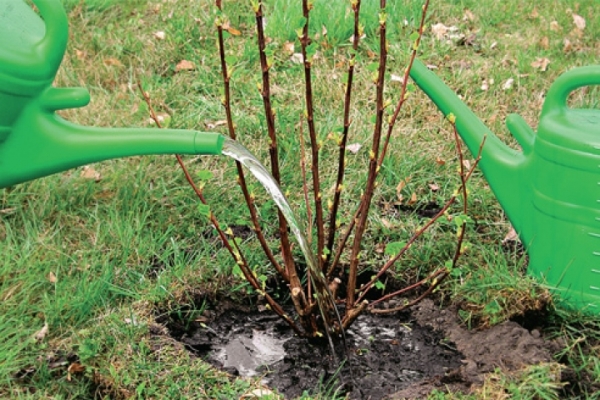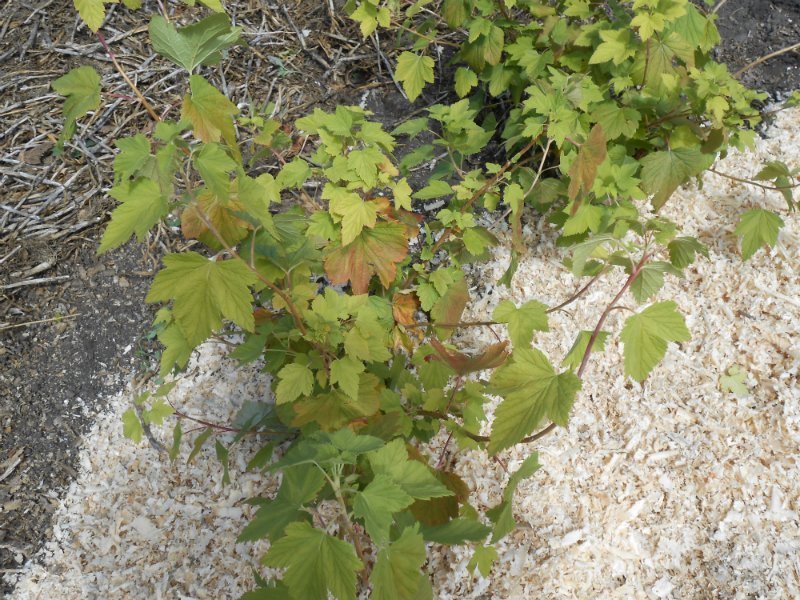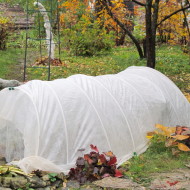How to prepare currant bushes for winter and protect them from frost
Content
Rules for caring for bushes in autumn
Caring for currants after fruiting and harvesting involves a whole range of activities. So, the plant requires rejuvenating and sanitary pruning of the crown. Neglect of this procedure leads to a thickening of the bush, a decrease in fruiting and a change in the taste of the berries. During the dormant period, the bush rests and absorbs various nutrients and useful substances from the soil. For this reason, it is recommended to feed the shrub with mineral and organic fertilizers.
Autumn work in the garden involves the treatment of trees and shrubs with drugs and folk remedies that prevent the spread of insects and pathogens of various diseases, water charging and soil mulching.

Video: "Preparing black currants for wintering"
From the video you will learn how fruit bushes are prepared for winter.
Pruning
Autumn is the perfect time for sanitary crown pruning. It is necessary to remove all old, injured, non-viable and damaged branches by rodents, insects and natural phenomena. Features of currant pruning depend on the variety and age of the crop, as well as on the region of growth and the chosen method of warming for the winter. Failure to comply with pruning technology, as well as the wrongly chosen technique for preparing currants for winter, will affect the future harvest. Currant care does not take much time and effort. A few simple manipulations in the garden will allow the shrub to calmly survive the cold and frost.
The formation of the crown is carried out exclusively with a garden pruner or a sharpened knife. Places of cuts are treated with a solution of copper sulfate and covered with oil paint or garden varnish.

Watering and feeding
Autumn preparation of fruit trees and shrubs involves water-charging plants. This procedure makes it possible to moisten the soil in the near-trunk circle to a depth of 80–100 cm. During the period of frequent provocative thaws in winter, the ground does not have time to freeze sharply and thaws out gradually. Moisture-charging irrigation has a beneficial effect on the growth and development of the root system of the bush.

One adult plant will need about 30-50 liters of water. In this case, watering is carried out in several stages. A sharp moistening of the soil can have negative consequences and lead to the formation of rot on the roots. To moisturize fruit crops, you need to use water at room temperature. Cold water forms voids in the soil, which freeze with the first frost. The appearance of ice in the soil is detrimental to the currant root system.
If autumn turned out to be wet and rainy, it is recommended to pay more attention to soil moisture. The amount of water for water charging is reduced by two or even three times. Fruit shrubs can be watered immediately after harvest. So, in the southern regions, this procedure is carried out in October, in Siberia and the Urals - in September.
The next step is to feed the currants with fertilizers. Autumn is considered the ideal time to enrich the soil with nutrients and nutrients.Complex potash-phosphorus fertilizers are applied to the soil. At the same time, it is recommended to carefully study the composition of the mixture; nitrogen-containing substances should not be present in the fertilizer.

Natural organic fertilizers are very popular among farmers, which contribute to the growth and development of black and red currants. Before the first frost approaches, chicken droppings or mullein are added under the currant bush.
Mulching
The soil in the near-trunk circle is dug to a depth of 10-15 cm, near the bush itself - no more than 7-10 cm. Otherwise, there is a high probability of injury to the root system of the bush.
After moistening, fertilizing and digging up the soil, the bushes of red and black currants are sprinkled with a layer of mulch. As mulch, you can use dry opal foliage, sawdust, small branches, shredded cardboard and even the remains of the material used to cover garden plants. Mulching the soil allows you to maintain an optimal microclimate for the development of currants in winter. The root system "breathes", absorbs moisture in the required amount and feeds on nutrients that are present in the soil.

It is necessary to prepare material for mulching the soil in advance. So, wet, seared foliage can lead to the formation of mildew and mold. Branches and leaves damaged by harmful insects and infected with fungal and bacterial infections cannot be used for mulching the soil.
Features of insulation
Do I need to cover fruit plants for the winter? In Crimea, Kuban, Krasnodar Territory and other regions with warm winters, currants do not need to be insulated. The branches are cut and bent to the ground. Shoots located on an earthen coma do not freeze. In the Moscow region and central Russia, the fruit bush is covered with plastic wrap with ventilation gaps. The lack of holes leads to the accumulation of moisture inside.
As for the northern areas, the technology for sheltering the bush depends on the weather conditions. In severe frosts, the bush is covered with coniferous branches, spruce branches or non-woven material. It is best to make a frame structure that can be quickly removed during a thaw.
Frequent mistakes
Many novice gardeners do not know how to properly feed fruit crops in the fall. Negative consequences for currants can be provoked not only by the wrong choice of the drug, but also by non-compliance with the technology of its use. Highly concentrated fertilizers cause root burns. Therefore, the potassium-phosphorus mixture is applied to the soil at a distance of 30–35 cm from the base of the bush.
Neglecting the mulching procedure leads to a rapid depletion of the soil.
In severe frosts, freezing of the soil and glaciation of the root system are possible. With the arrival of a thaw, the root may not recover, respectively, the currants will begin to wither and dry.
Another typical mistake of inexperienced gardeners is planting seedlings in late autumn. A fragile seedling will not cope even with the first frosts. You can plant a sapling of a currant bush at the very beginning of autumn, when the weather is warm and dry.



